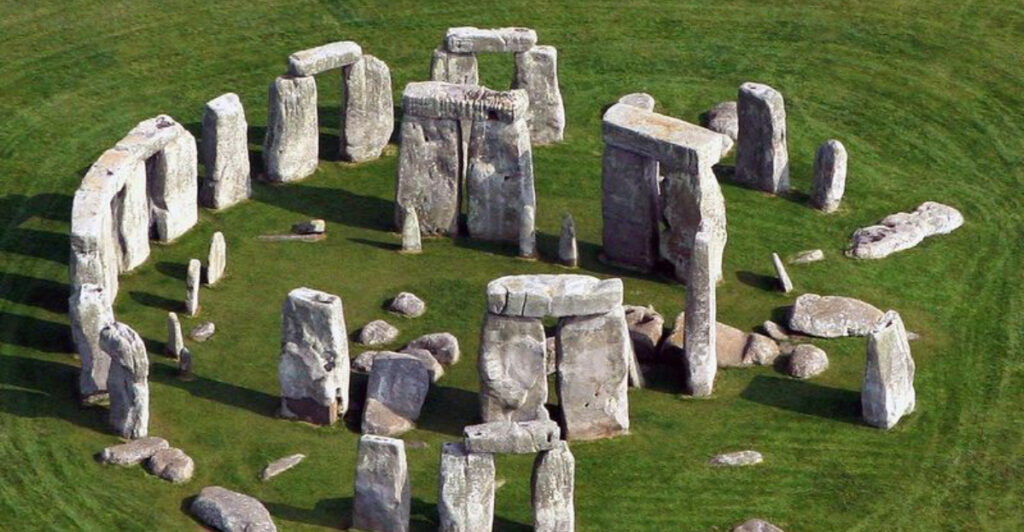Embark on a thrilling journey through time, discovering the enigmatic and alluring remnants of ten lost civilizations and six legendary ruins. Each holds a unique tale of mystery, grandeur, and intrigue, appealing to the adventurous spirit in us all. From the mystic jungles to the arid deserts, these sites offer a glimpse into the bygone eras that continue to fascinate historians, archaeologists, and travelers alike. Join us as we explore these evocative lands, and uncover the secrets that lie beneath the sands of time, waiting to be rediscovered.
1. Atlantis
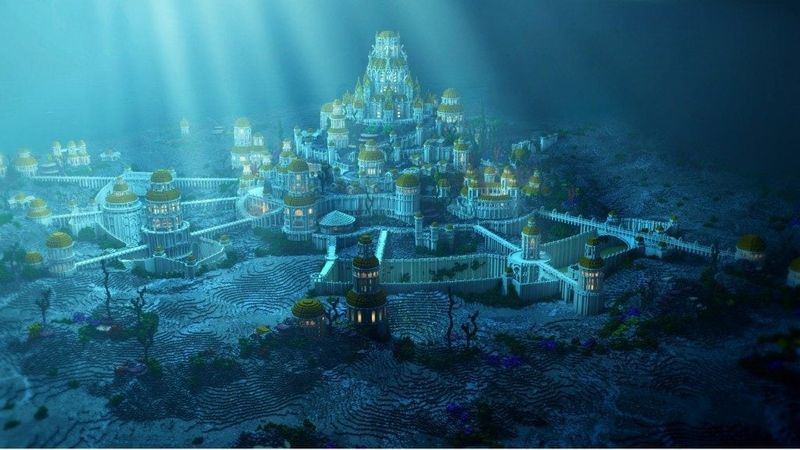
Atlantis, a legendary island first mentioned by Plato, is said to have sunk into the Atlantic Ocean in a single day and night. Known for its idyllic beauty and advanced civilization, Atlantis has captivated imaginations for centuries. Myths describe magnificent palaces and advanced technologies far beyond their time. Many explorers and scholars have dedicated their lives to finding this fabled city, though its location remains elusive. Did you know? Some theorists suggest Atlantis may have been a real place, possibly linked to the Minoan civilization, which also perished mysteriously. Its allure continues to enchant dreamers worldwide.
2. Machu Picchu
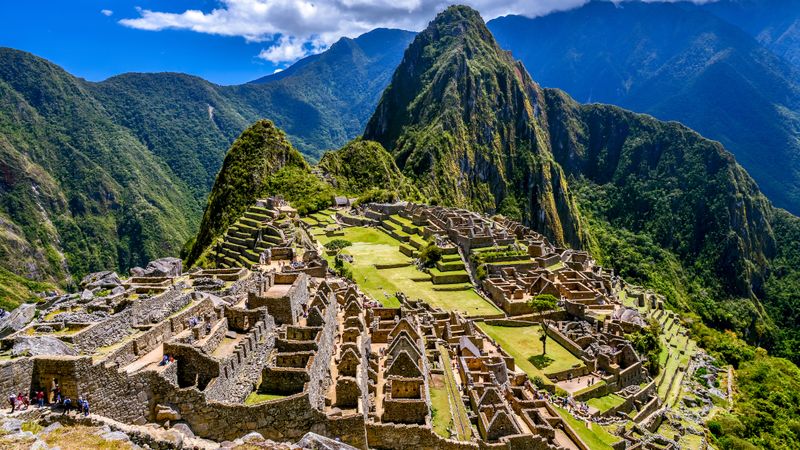
Nestled high in the Andes with breathtaking views, Machu Picchu stands as a testament to the Incan Empire’s ingenuity. This ancient city, often called the “Lost City of the Incas,” was largely forgotten until its rediscovery in 1911 by Hiram Bingham. Distinguished by its sophisticated dry-stone construction, this site might have been a royal estate or religious retreat. Today, it continues to intrigue historians and tourists alike. Elevate your senses and imagination as you wander through its terraces and temples. Machu Picchu exemplifies human resilience and the enchantment of uncharted history.
3. Pompeii
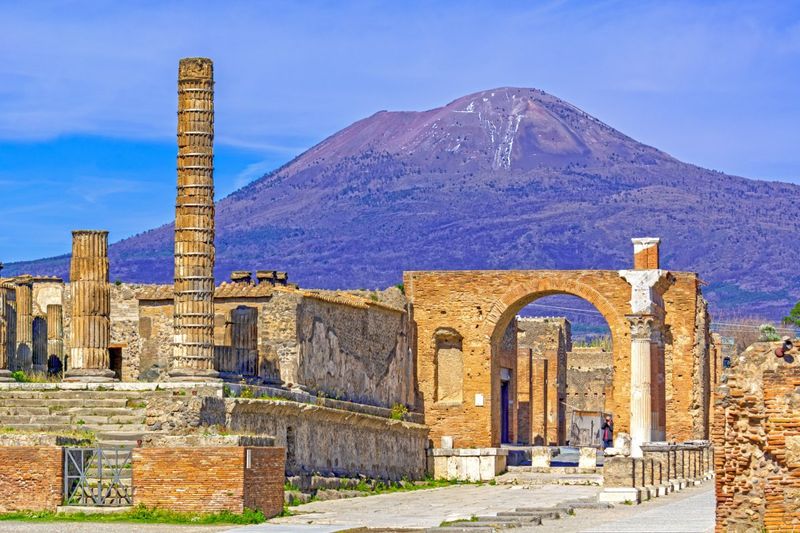
Pompeii, an affluent Roman city, was buried under volcanic ash following Mount Vesuvius’s catastrophic eruption in 79 AD. This tragic event inadvertently preserved buildings, artifacts, and even the fleeting moments of its citizens’ lives. Walking through Pompeii is like stepping back in time, observing ancient Roman life frozen in its final moments. The site’s discovery has provided invaluable insights into Roman urban planning and daily life. Did you know? Plaster casts of the victims serve as poignant reminders of humanity’s vulnerability to nature’s wrath. Pompeii remains a hauntingly beautiful testament to history.
4. Angkor Wat
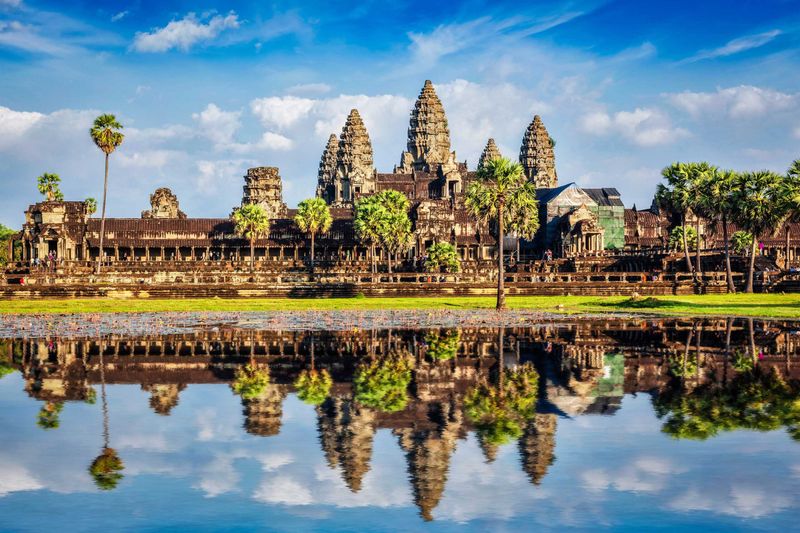
Angkor Wat, initially a Hindu temple and later a Buddhist site, is the largest religious monument globally, symbolizing the Khmer Empire’s zenith. Built in the early 12th century in Cambodia, it’s renowned for its architectural grandeur and intricate bas-reliefs. This UNESCO World Heritage Site captivates with tales of gods, kings, and mythology, epitomizing spirituality and artistic excellence. Enveloped by the jungle, its reflection in the surrounding moat during sunrise is a sight to behold. Angkor Wat’s enigmatic beauty and historical significance continue to attract explorers and historians from every corner of the world.
5. El Dorado
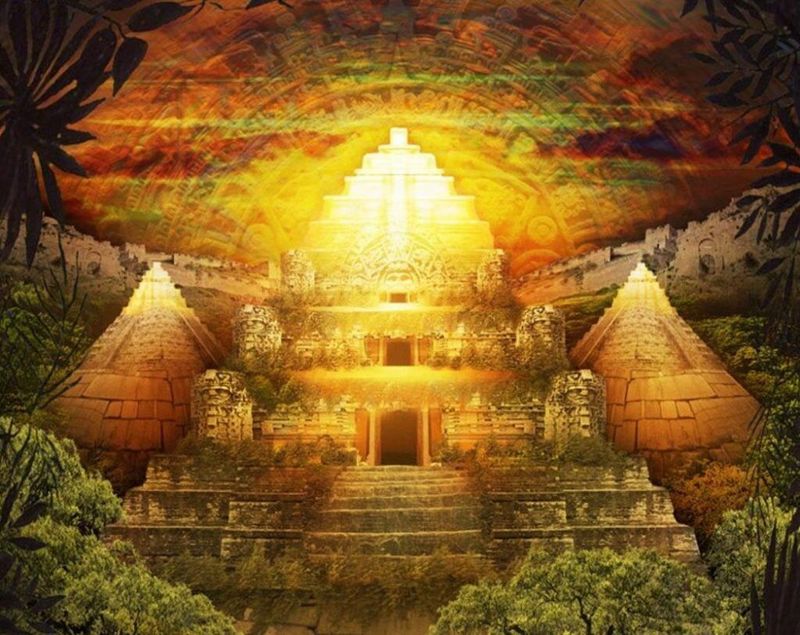
The mythical city of El Dorado, often associated with unimaginable wealth, lured countless adventurers into the uncharted jungles of South America. Tales of a king covered in gold dust performing ceremonial rites in a golden city sparked centuries-long quests. Despite numerous expeditions, El Dorado remains undiscovered, its enigma perpetuated by legends and folklore. The allure of hidden wealth continues to inspire modern treasure hunters. Did you know? Some believe the legend might have been inspired by the Muisca people of Colombia, who practiced gold offerings in Lake Guatavita. El Dorado’s myth remains an irresistible quest for many.
6. Troy
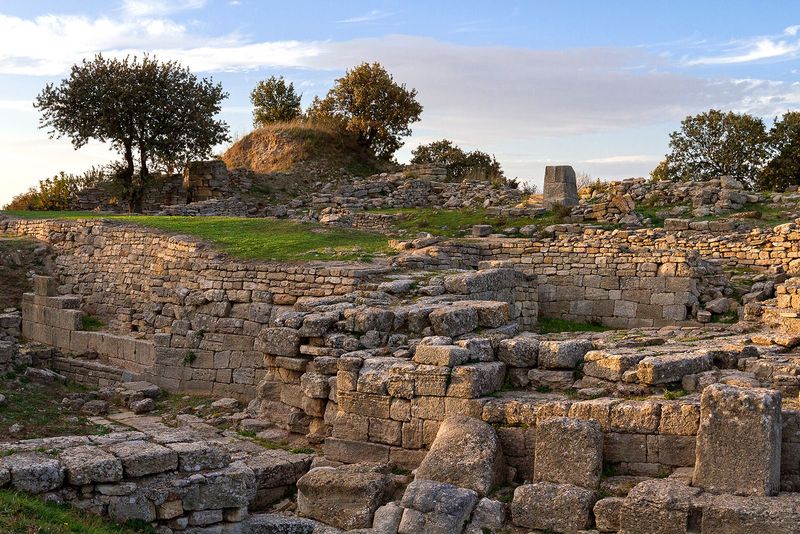
Immortalized by Homer’s epic poems, Troy is a city of legends, love, and war. Once thought to be purely mythical, its ruins were discovered in modern-day Turkey. Known for the infamous Trojan War and the cunning use of the Trojan Horse, Troy’s archaeological site reveals layers of history spanning centuries. The city’s strategic location and its rich narrative have made it a focal point for historians and archaeologists alike. Did you know? The “face that launched a thousand ships” refers to Helen of Troy, whose beauty was said to have ignited the conflict. Troy remains a symbol of epic tales.
7. Petra
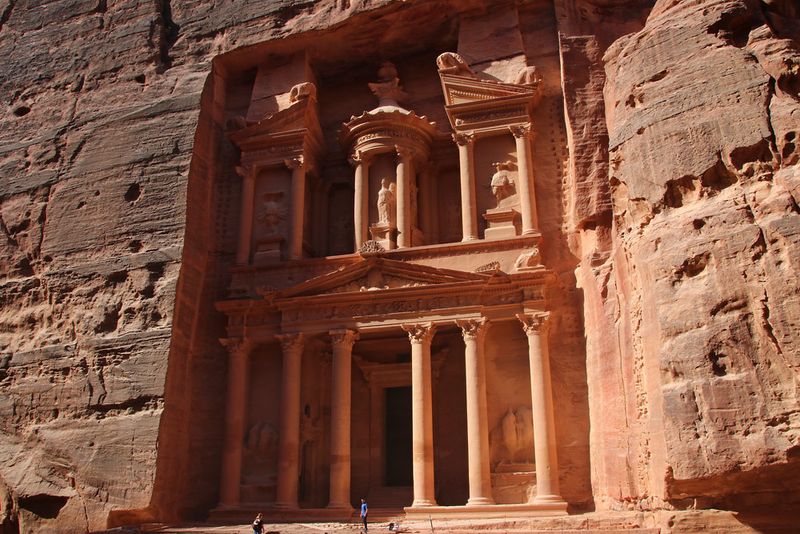
Petra, often referred to as the “Rose City” due to its pink sandstone cliffs, is an archaeological wonder nestled in Jordan’s rugged desert canyons. This ancient Nabataean city is renowned for its rock-cut architecture and intricate water conduit systems. Once a thriving trade hub, its influence waned with changing trade routes. Rediscovered in the 19th century, Petra’s grandeur and mystery draw visitors worldwide. Traversing its narrow Siq to reveal the iconic Al-Khazneh is a mesmerizing experience. Did you know? Petra was featured in the film “Indiana Jones and the Last Crusade.” Its allure is timeless.
8. The Hanging Gardens of Babylon
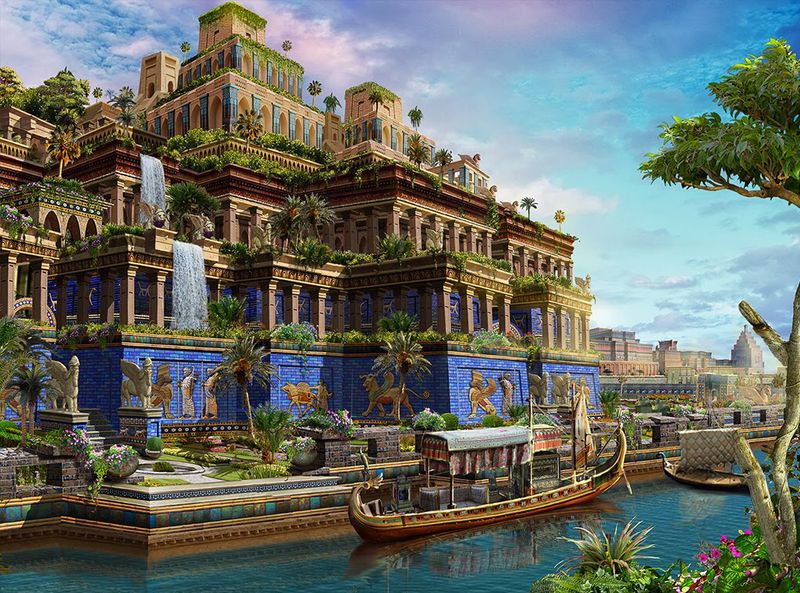
The Hanging Gardens of Babylon, one of the Seven Wonders of the Ancient World, remains shrouded in mystery and debate. Said to have been constructed by King Nebuchadnezzar II for his wife, its existence is questioned due to a lack of concrete archaeological evidence. Descriptions portray an extraordinary terraced garden filled with exotic flora and cascading waterfalls. The vision of such greenery amidst the arid Mesopotamian landscape was both a marvel and a symbol of royal opulence. Whether a legend or reality, the Hanging Gardens inspire awe and curiosity, representing the human desire to create paradise on Earth.
9. The Nazca Lines
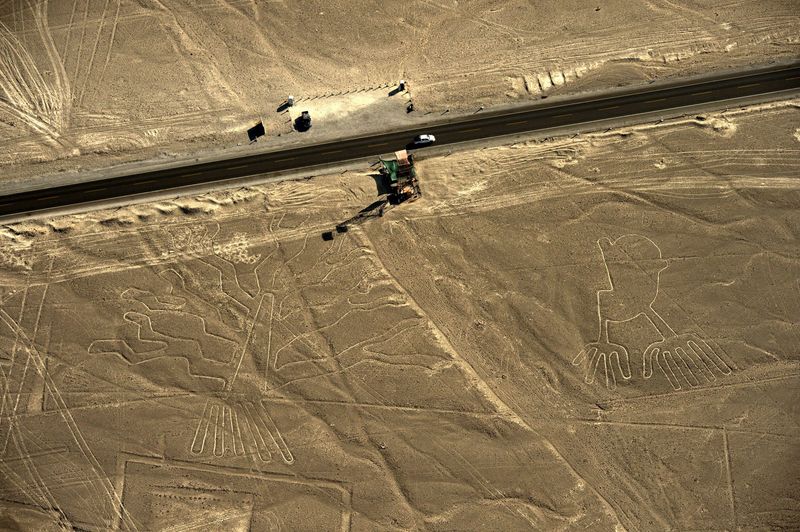
The Nazca Lines, vast geoglyphs etched into Peru’s desert plains, remain an enigma to modern archaeology. Created by the Nazca culture between 500 BCE and 500 CE, these lines form intricate shapes of animals, plants, and geometric figures. Visible only from the air, their purpose is still debated, with theories ranging from astronomical calendars to ceremonial pathways. A testament to human creativity and mystery, the Nazca Lines captivate adventurers and researchers alike. Did you know? Some speculate extraterrestrial involvement due to their precise and large-scale design. The Nazca Lines are a timeless puzzle waiting to be deciphered.
10. Easter Island
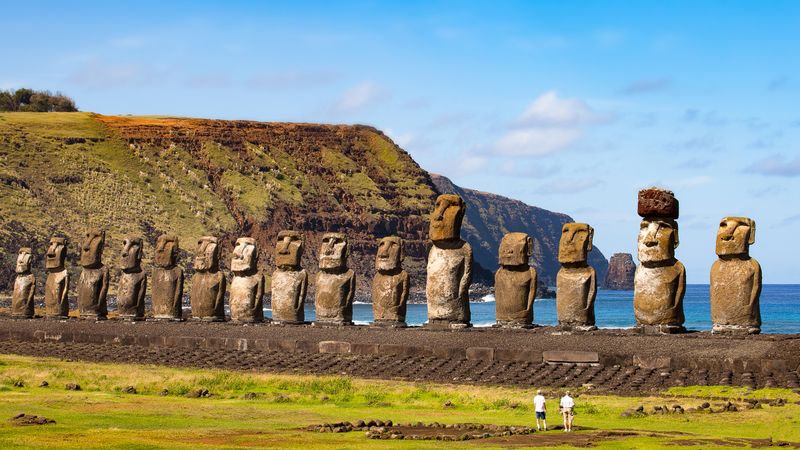
Easter Island, known for its enigmatic Moai statues, stands isolated in the Pacific Ocean. These monolithic human figures, carved by the Rapa Nui people between 1400 and 1650 CE, embody the island’s rich cultural heritage and mystery. The reasons behind the statues’ construction and transportation remain subjects of fascination and debate. With their solemn gaze towards the horizon, the Moai evoke a sense of wonder and introspection. Did you know? The island’s remote location contributed to a unique culture and ecological challenges. Easter Island’s Moai continue to intrigue and inspire storytellers and scholars worldwide.
11. Stonehenge
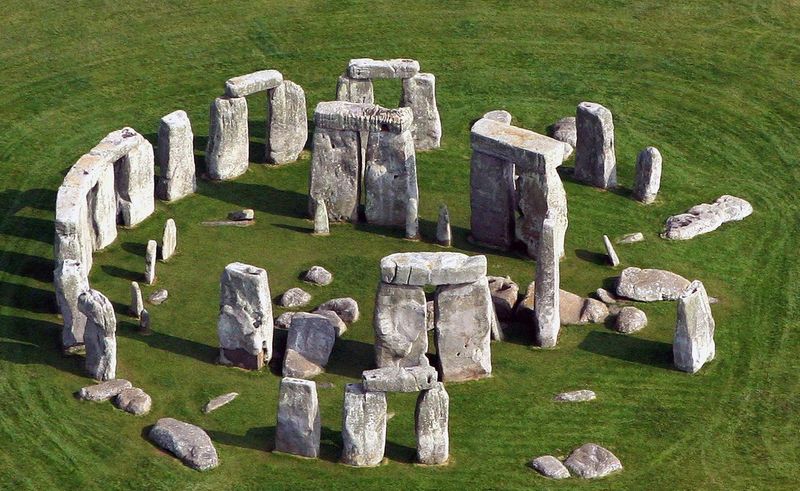
Stonehenge, an iconic prehistoric monument, stands as a testament to ancient engineering and mystery on England’s Salisbury Plain. Comprising massive stone circles, this site has perplexed researchers for generations. Its purpose, whether astronomical observatory, religious site, or burial ground, remains debated. The stones’ transportation from distant locations adds to its enigma. Did you know? The summer solstice aligns perfectly with its Heel Stone, hinting at its possible celestial significance. Stonehenge invites awe and speculation, embodying the human quest to understand the universe. Its silent stones whisper secrets of a time long past.
12. Teotihuacan
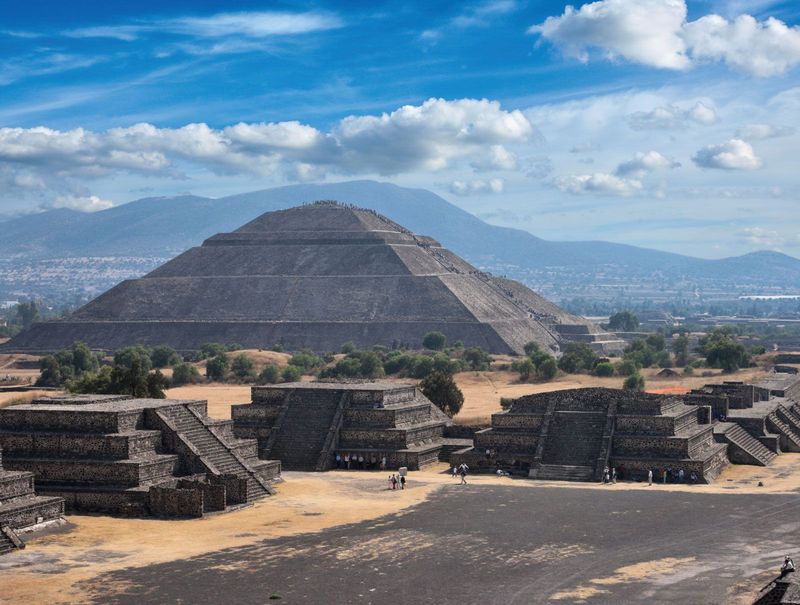
Teotihuacan, a sprawling ancient city north of modern Mexico City, flourished as an influential cultural and economic hub between the 1st and 7th centuries AD. Known for its monumental pyramids, particularly the Pyramid of the Sun, it remains shrouded in mystery regarding its original builders and their fate. The city’s urban planning and vibrant murals reflect a sophisticated society. Did you know? Teotihuacan was one of the largest cities in the ancient world, yet its original name is unknown. Today, it continues to captivate archaeologists and tourists, standing as a testament to a lost civilization.
13. Babylon
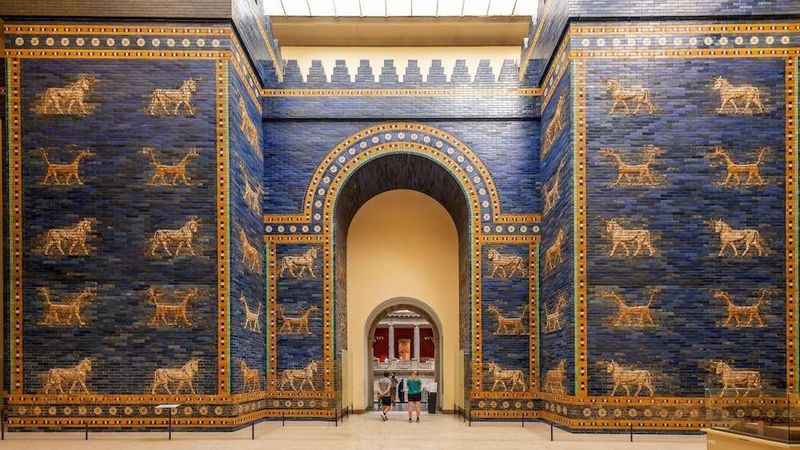
Babylon, once the heart of Mesopotamia, evokes images of grandeur and divine kingship. Known for its impressive architecture and the legendary Hanging Gardens, it was a center for culture and science. The city’s most famous ruler, Nebuchadnezzar II, expanded its influence, making it one of the wonders of its time. The reconstructed Ishtar Gate, adorned with mythical creatures, testifies to Babylon’s artistic and cultural achievements. Despite its eventual fall, Babylon’s legacy persists in literature and historical studies. Did you know? The city is often associated with biblical narratives, adding layers to its mythos.
14. Chichen Itza
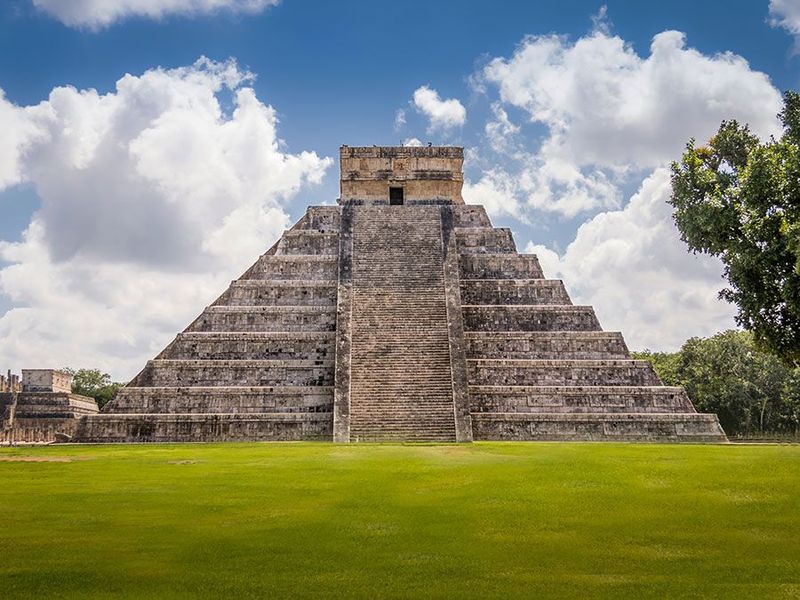
Chichen Itza, a UNESCO World Heritage Site in Mexico, stands as a testament to the Maya civilization’s architectural genius and astronomical prowess. Dominated by the Pyramid of Kukulcan, the site reflects complex social structures and a deep understanding of celestial phenomena. Each equinox, the pyramid casts a shadow resembling a serpent, showcasing their astronomical acumen. Chichen Itza’s ball courts, temples, and sculptures reveal a society rich in ritual and culture. Did you know? Chichen Itza was a significant pilgrimage center in its time. Today, it continues to amaze visitors and scholars, embodying a vibrant ancient heritage.
15. Great Zimbabwe
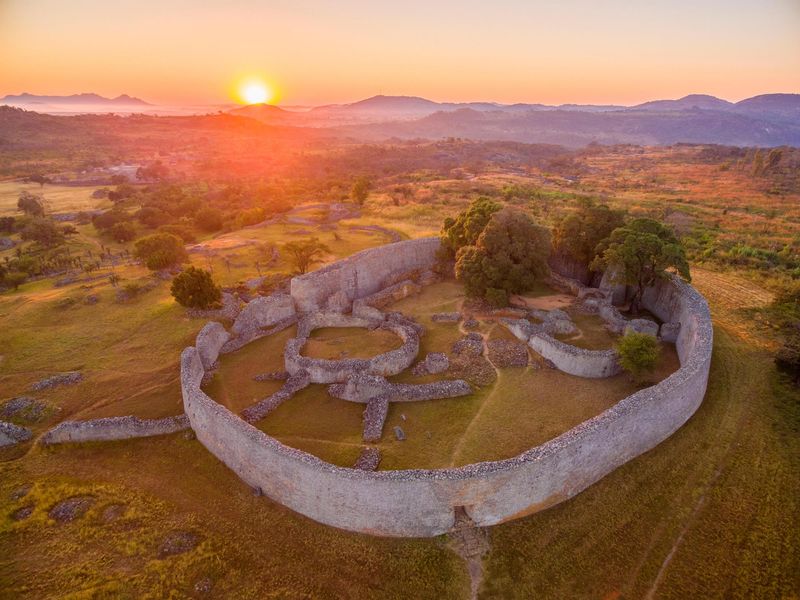
Great Zimbabwe, an ancient city in southeastern Africa, thrived between the 11th and 15th centuries as a trade and political hub. Known for its impressive stone structures, particularly the Great Enclosure and Conical Tower, it reflects the ingenuity of the Shona people. The city’s architecture and artifacts indicate a sophisticated society engaging in regional and international trade. Did you know? Great Zimbabwe’s name inspired the modern nation of Zimbabwe. Its enigmatic ruins continue to fascinate historians, offering glimpses into a powerful and thriving African civilization. The legacy of Great Zimbabwe endures in its stone walls.
16. The Enigmatic City of Dwarka
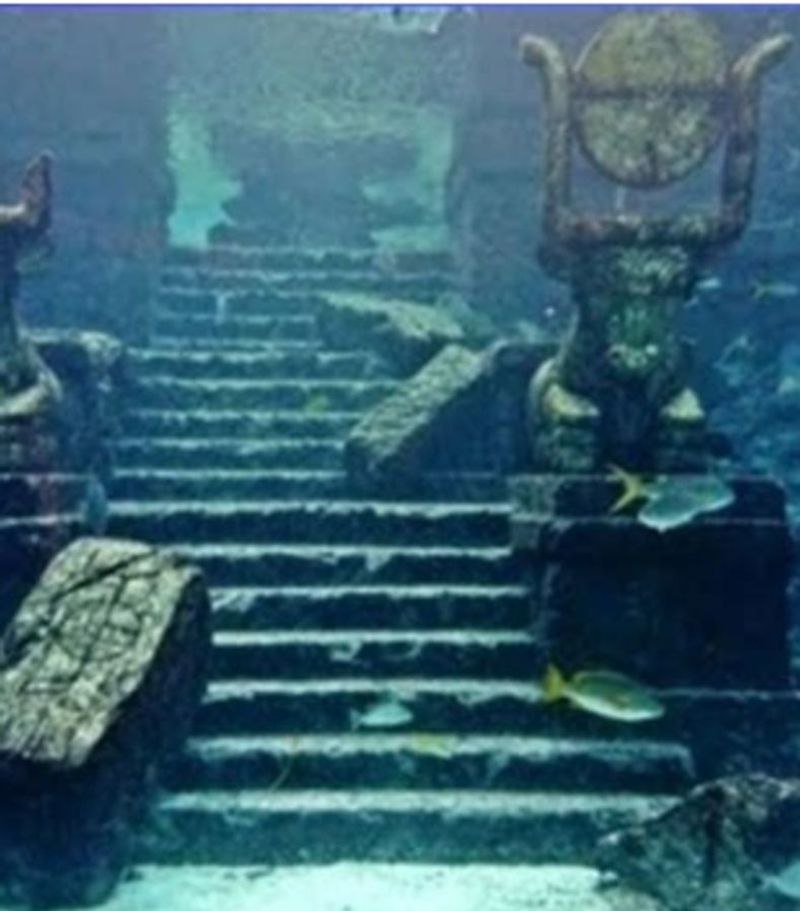
In the coastal waters off India’s western coast lies the submerged city of Dwarka. Fabled as the kingdom of Lord Krishna, Dwarka is believed to have been a vibrant and advanced civilization. The remnants of this city are now submerged, lending an otherworldly allure. Archaeological surveys reveal intricate stone structures, hinting at advanced urban planning.
Legend speaks of Dwarka as a city built with gold, marvelously adorned and bustling with life. This ancient city’s disappearance remains shrouded in mystery, yet its discovery tantalizes the imagination of explorers and historians alike, eager to unravel its enigmatic past.

